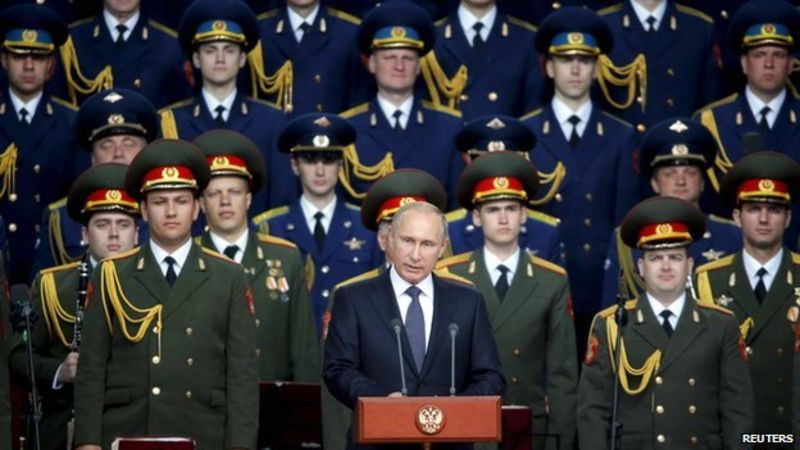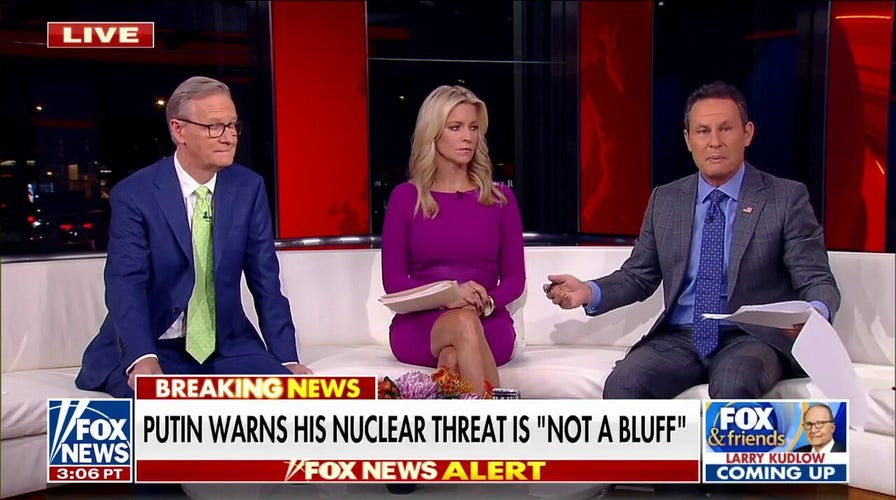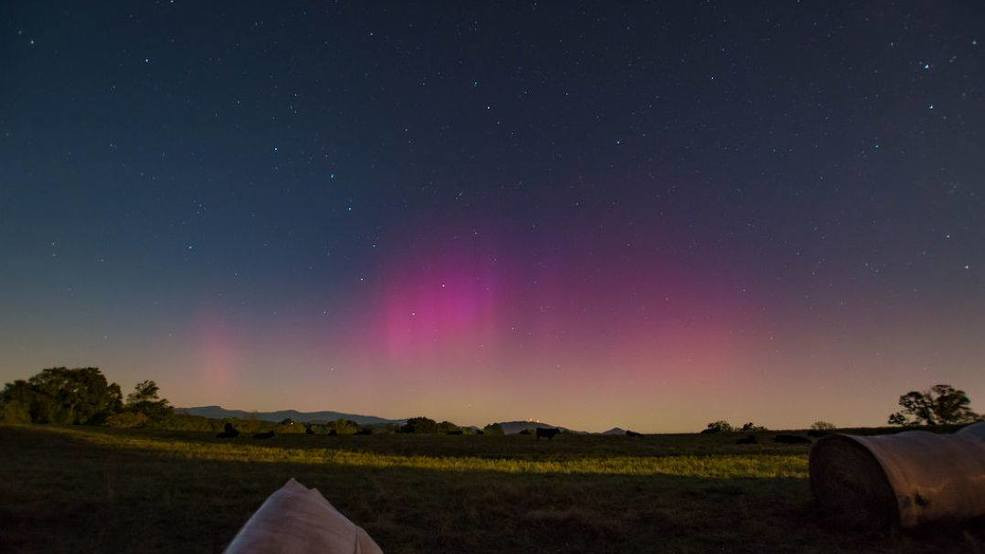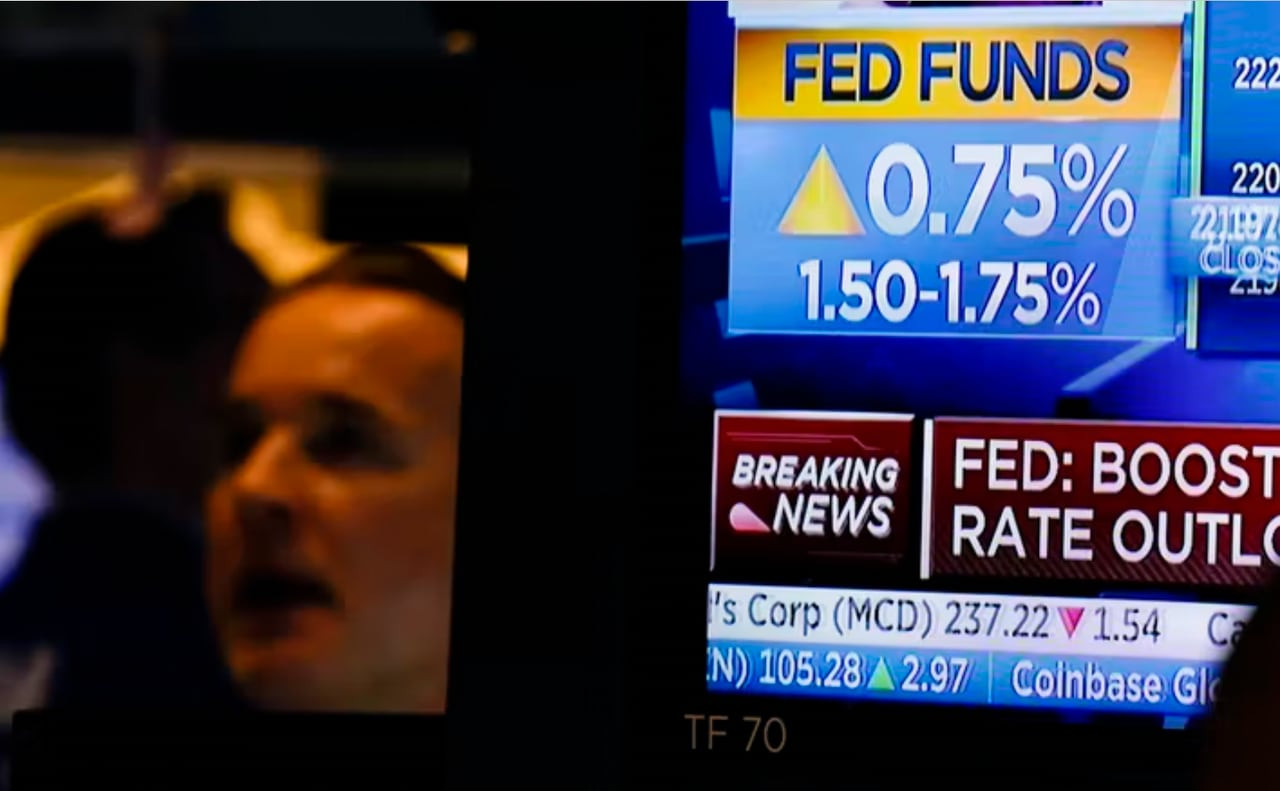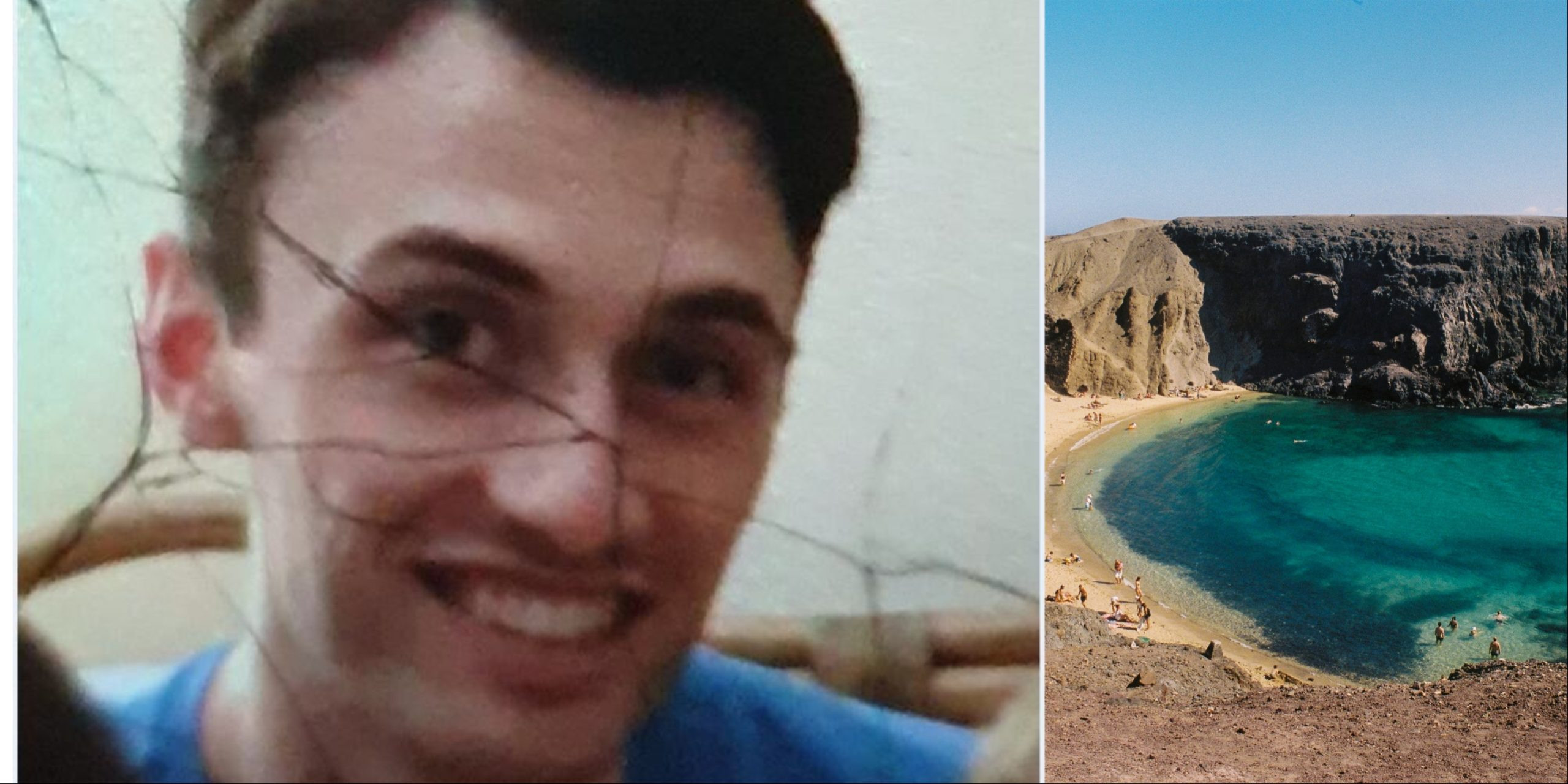The latest grim uptick of Russia's nuclear weapons policy, President Vladimir Putin suggested on September 25 that the Kremlin could use nuclear weapons against any state attacking Russia if that country was supported by a nuclear power.
The decision to change Russia’s official nuclear doctrine is the Kremlin’s answer to deliberations in the United States and Britain about whether or not to give Ukraine permission to fire conventional Western missiles into Russia.
Putin, opening a meeting of Russia’s Security Council, said that the changes were in response to a swiftly changing global landscape which had thrown up new threats and risks for Russia.
The 71-year-old Kremlin chief, the primary decision-maker on Russia’s vast nuclear arsenal, said he wanted to underscore one key change in particular.
“It is proposed that aggression against Russia by any non-nuclear state, but with the participation or support of a nuclear state, be considered as their joint attack on the Russian Federation,” Putin said.
“The conditions for Russia’s transition to the use of nuclear weapons are also clearly fixed,” Putin said, adding that Moscow would consider such a move if it detected the start of a massive launch of missiles, aircraft or drones against it.
What Does This Mean for Europe?
If Russia were to launch a massive nuclear strike on Ukraine or Western Europe, there is not much the continent could do to stop it.
Pavel Podvig, a senior researcher at the United Nations Institute for Disarmament Research (UNIDIR), is widely considered to be the world’s leading Western expert on Russia's nuclear weapons. He says there is no indication such a catastrophe is anywhere close to becoming a reality, but he paints a bleak picture of how a nuclear strike on Europe would unfold.
“If there were to be some kind of a massive launch -- or several [Russian] missiles have been launched -- then it’s pretty much impossible to guarantee that everything will be intercepted,” he says.
NATO’s internal calculations reportedly predict that in the event of an all-out attack from Russia, the military bloc has “less than 5 percent” of the air defenses needed.
Russia is believed to hold some 1,700 nuclear warheads inside more than 500 missiles able to be launched within minutes from silos, mobile launchers, submarines, and aircraft. The United States would probably be the primary target, but many of those missiles are known to be intended for Europe.
The Threat of a Nuclear Attack
But if missile barrages are effectively unstoppable, what should civilians do in the event of a nuclear strike?
Some European capitals maintain Cold War-era nuclear shelters that are quietly being refreshed. In Kyiv, a nuclear bunker was recently reopened and made available for use.
In Prague, a network of Cold War bunkers has seen a spike in interest from locals since Russia’s 2022 invasion of Ukraine. The bunkers “are still functional since the fall of socialism and can be activated if necessary,” Jan Mikes, the head of the mayor’s crisis management department in the district of Prague 2, confirmed to RFE/RL.
A spokeswoman from the Czech Republic's Fire Rescue Service told RFE/RL that, beginning in 2023, the service began updating “requirements for the shelter system and the shelters themselves,” without elaborating further.
In Germany’s Ahr Valley, near Bonn, Heike Hollunder, the director of a nuclear bomb shelter that now operates as a museum, reported a significant recent jump in visitors.
“The interest increased, especially from younger people, because of the war in Ukraine,” she told RFE/RL. “Could the bunker still be used? Is there a nuclear bunker for the government in Berlin? These are the main questions.”
But such drastic precautions are probably futile. Podvig says a Russian nuclear strike would offer precious little time to escape to a hardened shelter. From launch to impact over a target in Central Europe, Podvig estimates, “would be in the order of 10 minutes or so.”
The United States maintains a network of satellites able to instantly spot the plume of a rocket being launched, but that system would probably be useless to countries close to Russia.
“The United States has all these sorts of warning systems -- the satellites and all that. But I would doubt that this information could be shared very quickly or at all with U.S. allies in the European states,” Podvig says.
The Devastation of a Nuclear Strike
Models of what modern nuclear weapons would do to cities make for bleak reading. A single Russian Topol-M missile would explode into a kilometer-wide ball of fire that would incinerate every living thing it touched. Within a 7 kilometer radius, countless civilians would die from severe burns and be crushed under the rubble of buildings destroyed by the shock wave. Then would come radiation that would saturate the blast site and poison air and water.
British military historian Basil Liddel Hart was witness to a 1955 war game in which NATO ran through a scenario of full-scale nuclear war with the Soviet Union. NATO won the exchange, but as the hypothetical dust settled, nearly every treasure of the Western world lay in ruins. Hart later described the experience as “very disturbing.”
Victory, he wrote, “had lost its point.”
Soviet leader Nikita Khrushchev is reported to have said that after all-out nuclear war, “the living will envy the dead.”
The Uncertain Future
UNIDIR's Podvig is cautious about revealing his own calculations.
“I just try not to think about it because I know some catastrophic scenarios that are pretty bad,” he says.
As at the height of the Cold War, the only hard deterrent today is the mutually assured destruction that the West’s own stockpiles of hundreds of nuclear missiles ensures, along with a controversial policy of launch on warning (LOW).
The LOW posture allows for the United States to launch retaliatory strikes if incoming missiles are detected, before any impact on U.S. soil. The policy would prevent America’s own nuclear weapons from being destroyed in situ, but leaves open the possibility of a civilization-ending error.
Despite the steadily rising tensions between Russia and the West, Podvig says a nuclear apocalypse remains only a distant prospect.
“I do believe that before it would come to that, to the real possibility, we'll see quite a few kind of further escalation steps,” he says.
Along with specific rhetoric, Podvig predicts, “we would see some movements of weapons and things like that.”
He says he's confident that it remains “very unlikely that this could be something out of the blue.”




